Analysis: Auto Body Shop Impact on Society and the Environment
VerifiedAdded on 2020/04/01
|5
|578
|37
Report
AI Summary
This report examines the environmental and societal impacts of auto body shops, focusing on the hazardous chemicals used and produced, such as carbon tetrachloride and chloroform. It highlights the adverse effects of these substances on both human health and the environment, emphasizing the need for sustainable practices. The report discusses strategies to reduce the use and release of harmful chemicals, referencing resources like the "Greening Resource for Auto Body and Auto Refinishing Sector." Furthermore, it analyzes stakeholder perspectives, including the negative impact on customers and the importance of diversity in the workplace. It also details the significance of training and education programs for employees, particularly in the context of high-growth job training initiatives within the automotive industry, and the importance of industry-based certifications to address the complex integrated electronic systems within modern vehicles.
1 out of 5
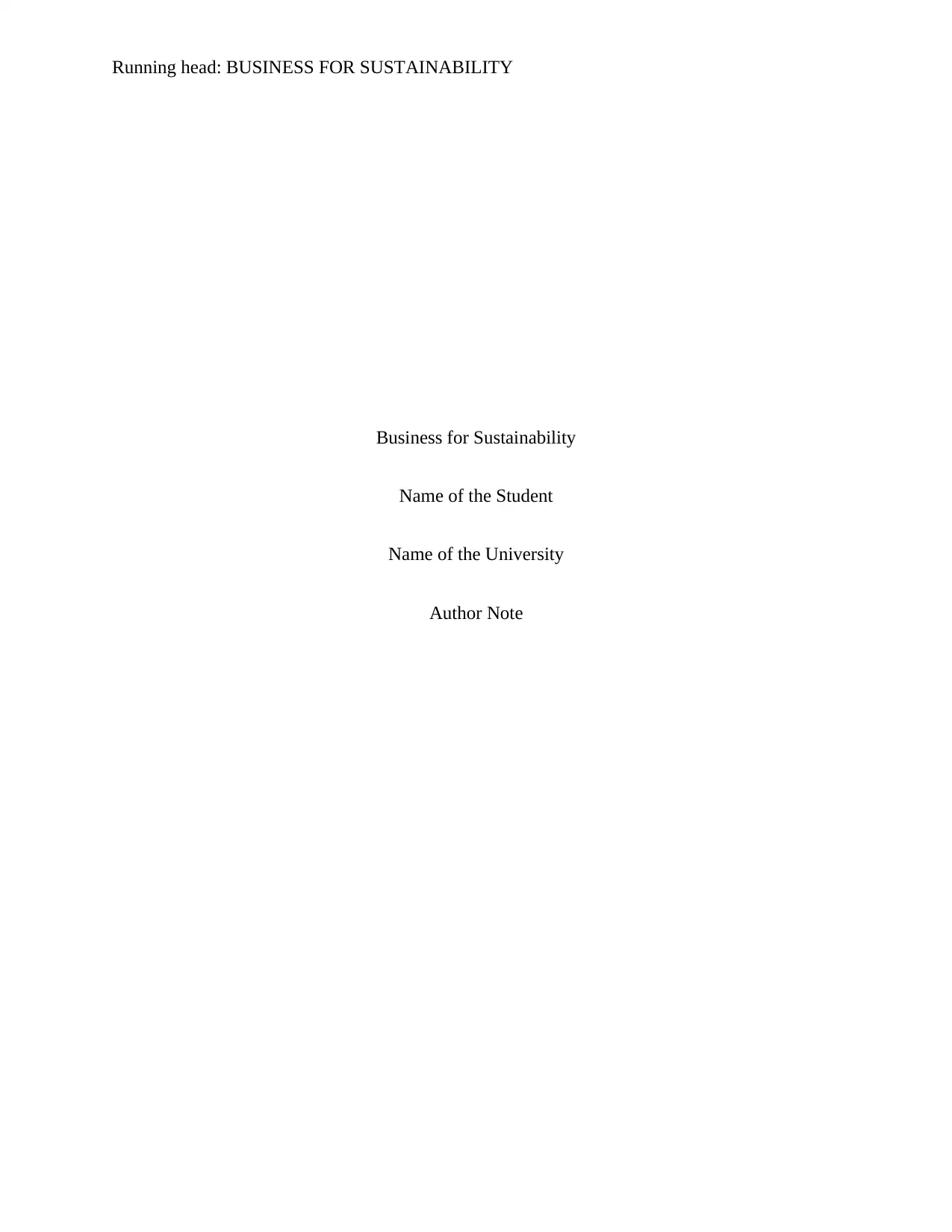
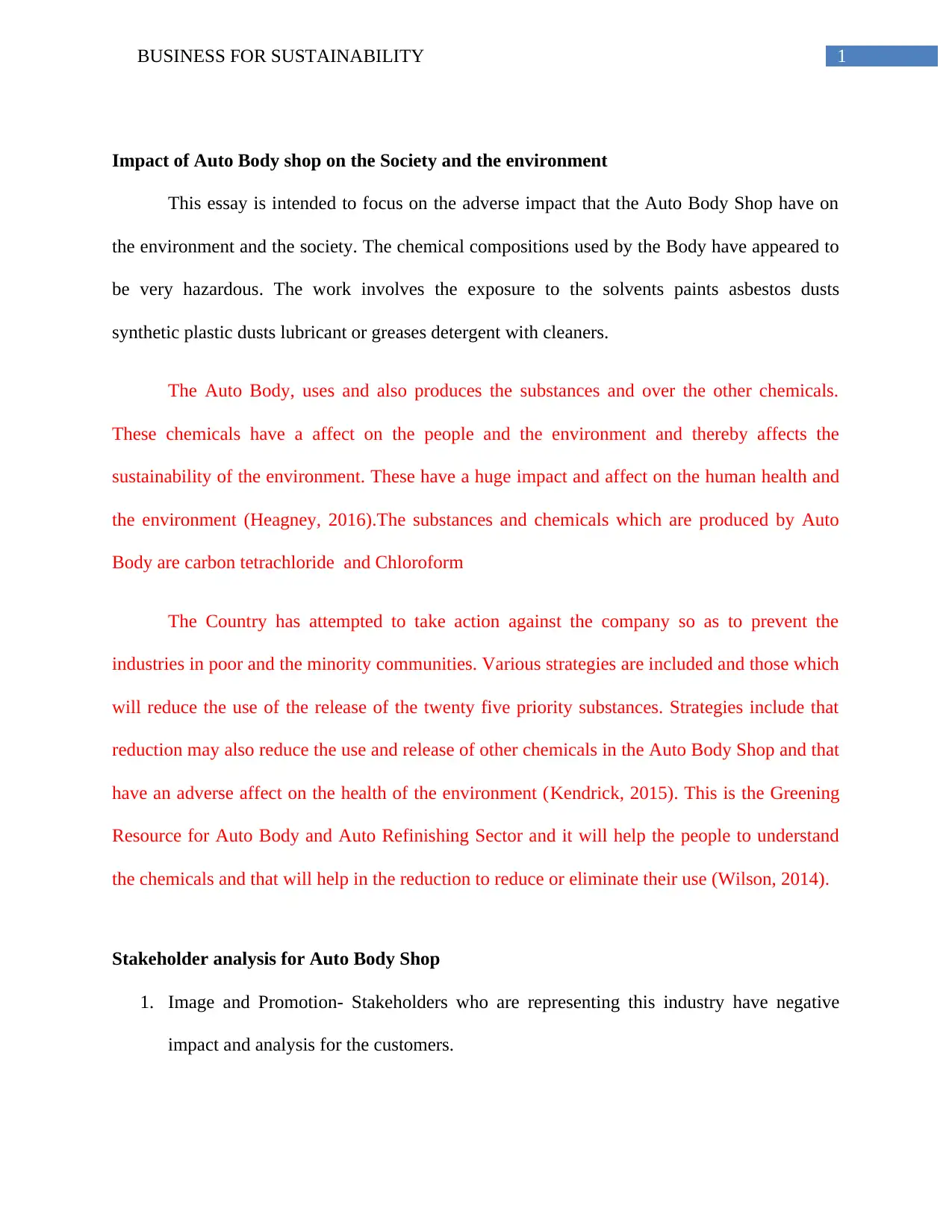
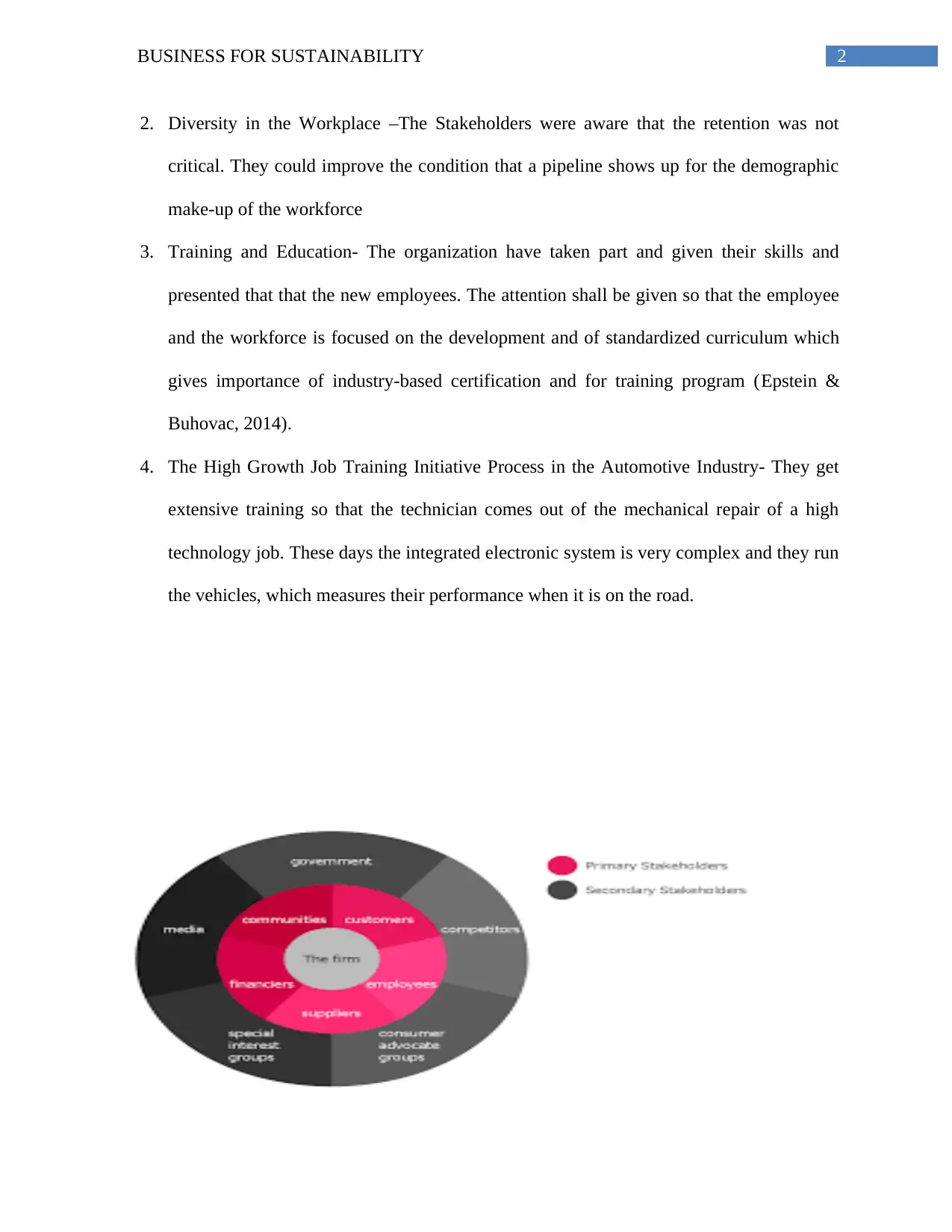

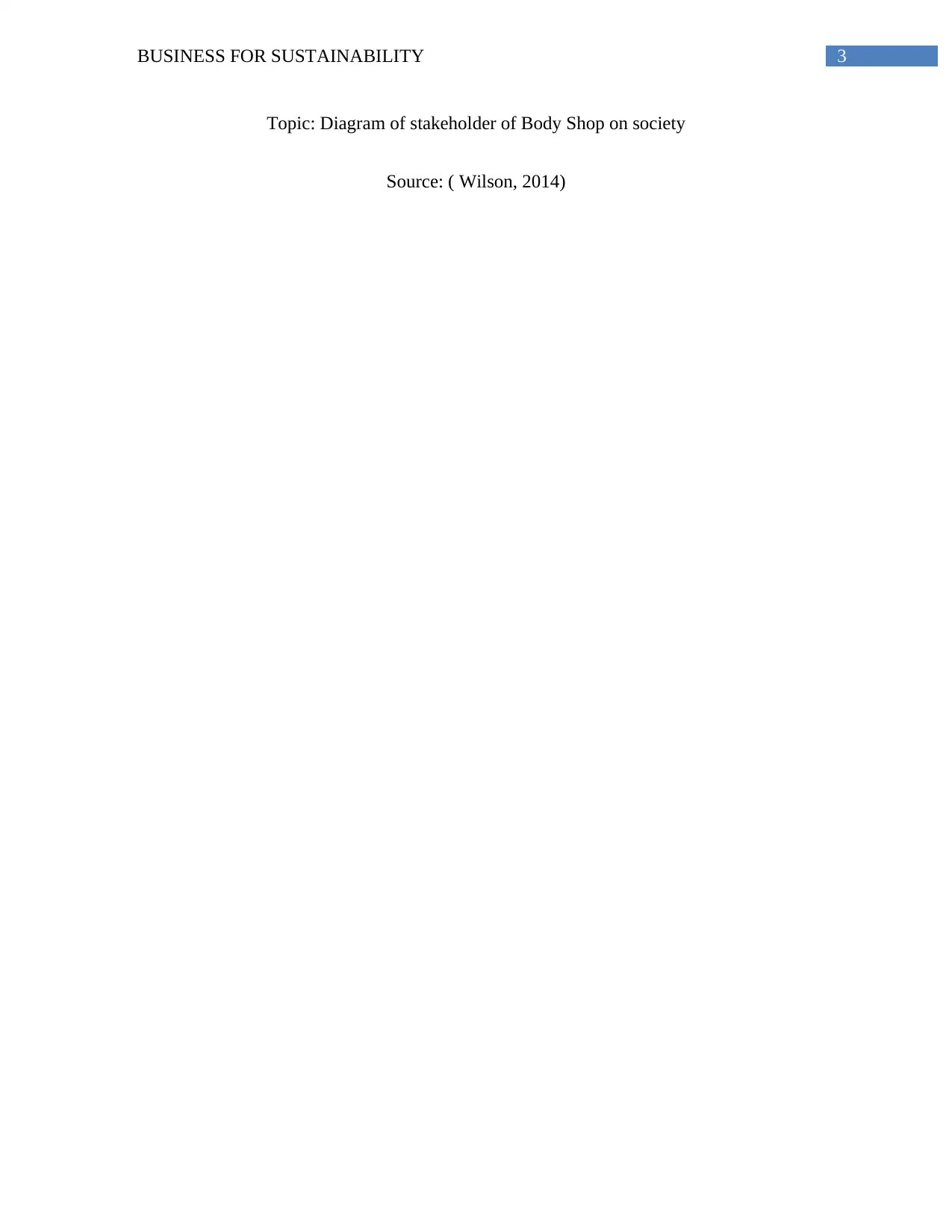
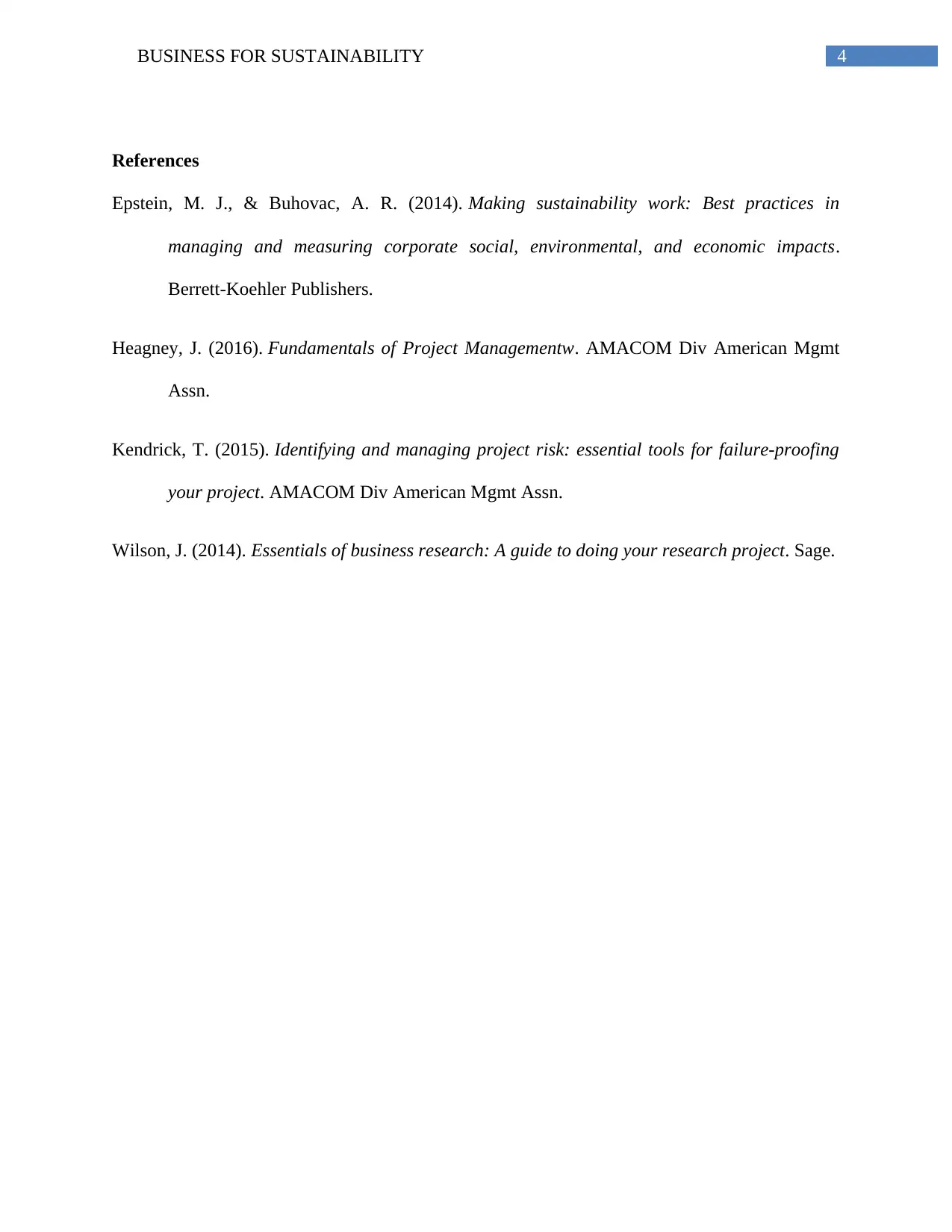
![[object Object]](/_next/static/media/star-bottom.7253800d.svg)